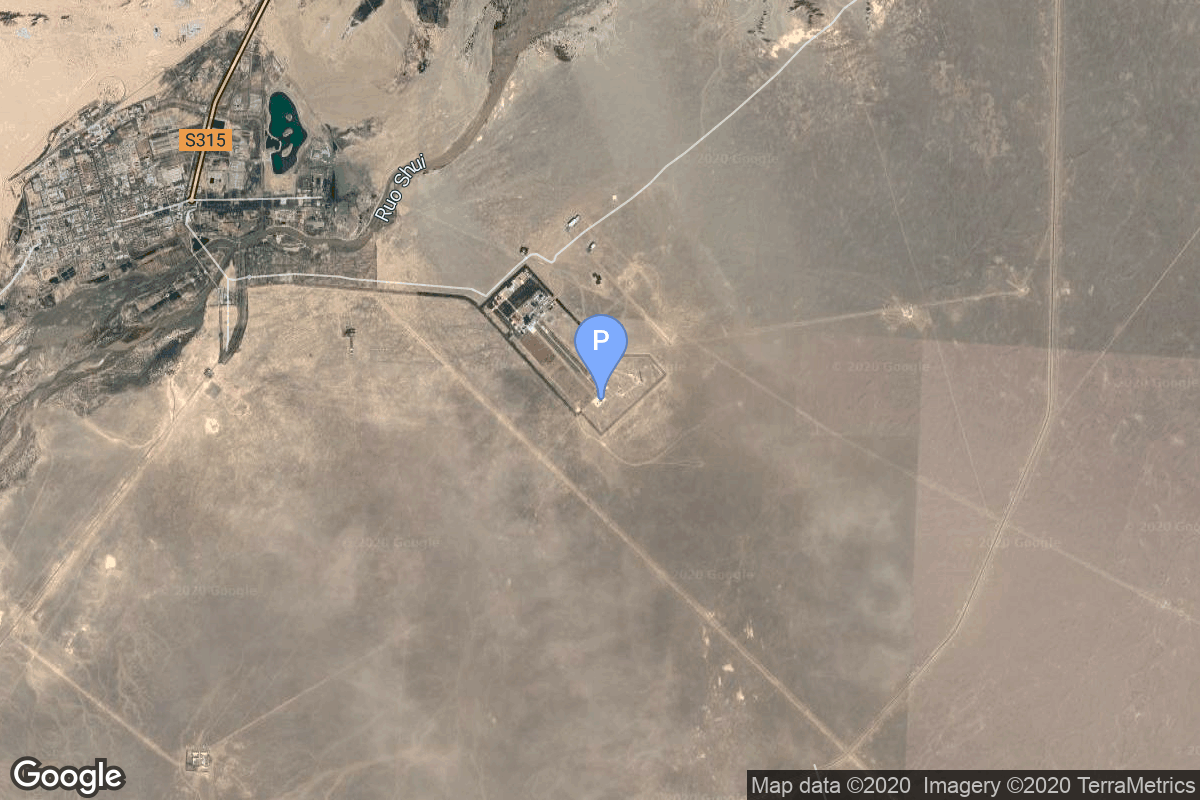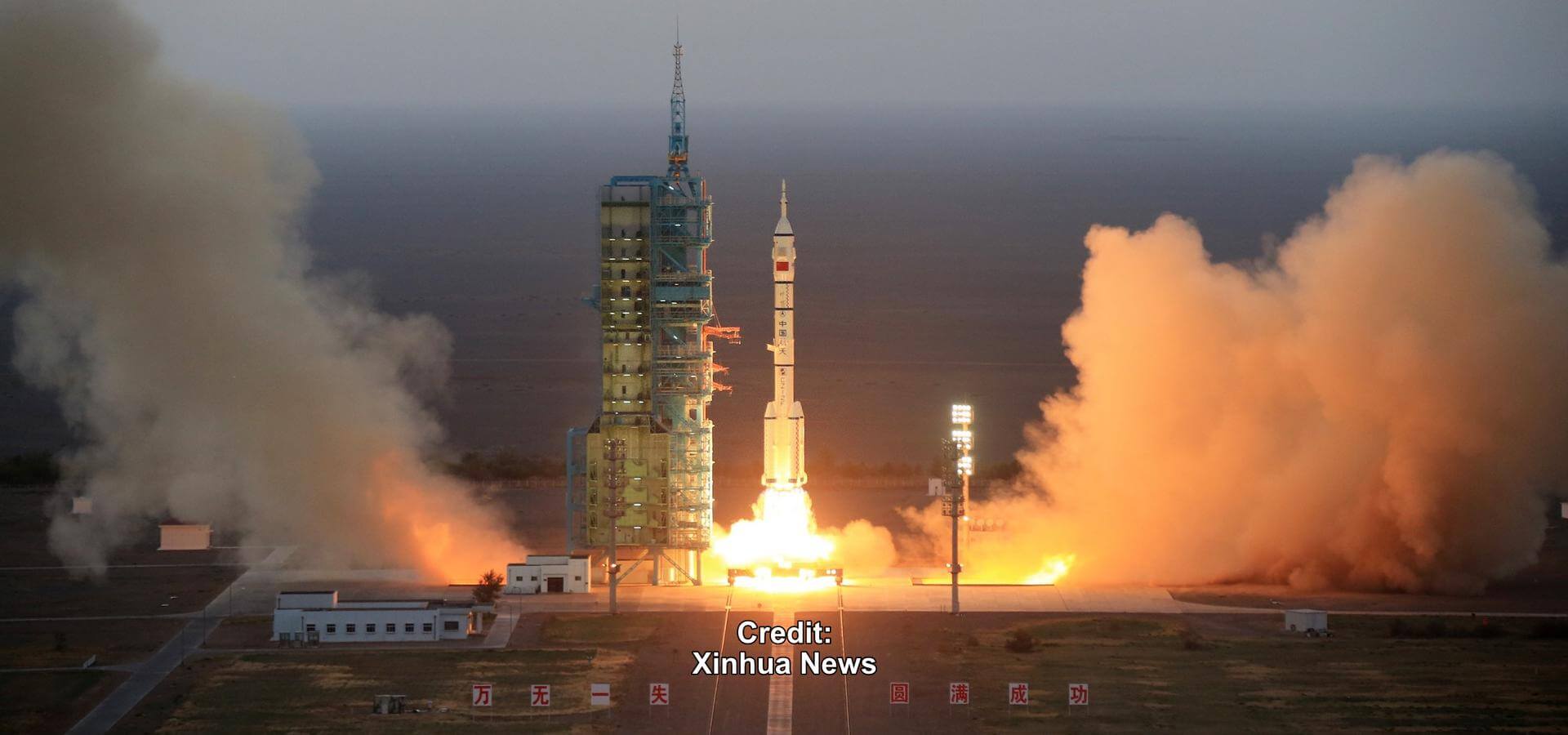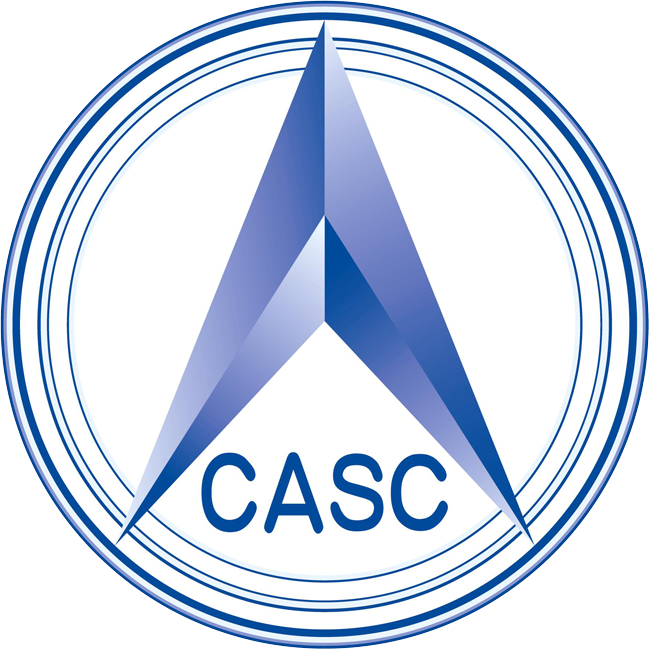Shenzhou-2
Long March 2F
China Aerospace Science and Technology Corporation
Mission
Shenzhou-2
- Type: Human Exploration
- Orbit: Low Earth Orbit
Second test flight of the Shenzhou spacecraft, without crew on board. A monkey, a dog, and a rabbit were carried in a test of the spaceship’s life support systems. There were also 64 different scientific payloads, including a microgravity crystallography experiment; animal species including six mice, small aquatic and terrestrial organisms; cosmic ray and particle detectors and gamma-ray burst detectors. To test the radio transmitting systems taped messages were broadcast from the spacecraft.
During return to Earth the parachutes failed to open upon re-entry, which resulted in a hard landing of the descent capsule.
Location
Launch Area 4 (SLS-1 / 921)
Jiuquan Satellite Launch Center, People’s Republic of China
Launch Area 4 (SLS-1 / 921) has witnessed the launch of 22 rockets, including 22 orbital launch attempts, while Jiuquan Satellite Launch Center, People’s Republic of China, has been the site for 222 rocket launches.
Rocket
China Aerospace Science and Technology Corporation Long March 2F
The Long March 2F is a Chinese orbital carrier rocket, part of the Long March 2 rocket family. Designed to launch the crewed Shenzhou spacecraft, the Long March 2F is a human-rated two-stage version of the Long March 2E rocket, which in turn was based on the Long March 2C launch vehicle. It is launched from complex SLS at the Jiuquan Satellite Launch Center.
Agency
China Aerospace Science and Technology Corporation
The China Aerospace Science and Technology Corporation (CASC) is the main contractor for the Chinese space program. It is state-owned and has a number of subordinate entities which design, develop and manufacture a range of spacecraft, launch vehicles, strategic and tactical missile systems, and ground equipment. It was officially established in July 1999 as part of a Chinese government reform drive, having previously been one part of the former China Aerospace Corporation. Various incarnations of the program date back to 1956.


